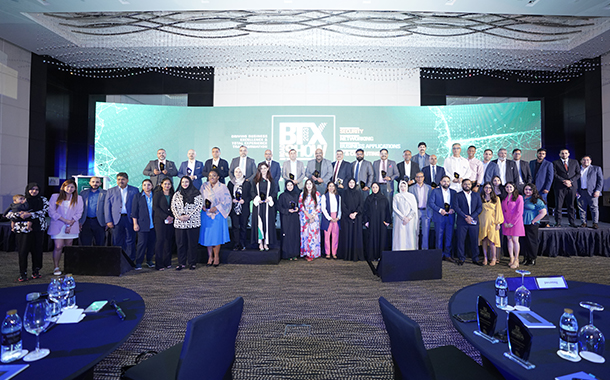As we emerge out into a post pandemic period where corporations are trying to adjust into a new normal, it is becoming more evident that there will be some major shift in consumers and corporates to a more secured but agile digital ecosystem.
Let’s take a recap of what we saw in the last 4 years.
2019 – Corporates trying to find the opportunity to scale and grow with basic increase in Technology while still carrying significant Tech-Debt from years of just barely investing in major transformation. The last major shift and increase in tech spending arguably was around pre-Y2K between 1996 to 2001 and the onset of the ecommerce boom! which was then slowed down by 9/11 in 2001, followed by a recovery until the 2009 housing crisis which was also followed by a recovery.
2020 – The world got surprised and to a large extent shocked by the Pandemic. Businesses did not have a choice but to survive in a world where they needed to transform into a lesser face to face interaction. Businesses had to transform at lightning speed to survive and yet with minimal investment or spend which became an existential crisis. Business Partners need to create new ways to do business in a safe, secure and at times remote/non-touch way.
By far businesses who had outdated and old technologies, struggled the most and perhaps also was one of the reasons they took more time. Other businesses had to create the means of operating remotely and hence finally had no choice but modernize digitally.
2021 – was the year, that was the start of trying to emerge out of the pandemic. While many businesses survived with basic presence online, creating necessary methods to establish a remote workforce and yet just barely scratched the surface in eliminating tech debt, did not bring in operational efficiency leveraging technology. Businesses that thrived and did well during this time, thanks to the drop in lending rates, still did not invest in transforming operations and technology and were more focused on growing top line whilst bottom line and earnings suffered due to lack of operational efficiencies and lack of automation to scale.
2022 – Still a carry-over of 2021, lack of investments yet on eliminating tech debt, to make operational improvements and to invest to keep the technology current. Supply Chain disruption took a heavy toll on inflation globally.
Now that we took a peek at the rear-view mirror, What next?
Here are our convictions for 2023 and beyond.
2023 will be the beginning of the emergence of Digital Disruptors!
- Several disruptors will emerge replacing the traditional businesses that have not made progress or made slow progression on Digital Transformation. Tech Debt never seem to reduce but accumulated and are blockers in both tech workforce who have not progressed or lack of investment preventing from eliminating old technology. No more juice to squeeze, Its time to move on…!
- Consolidation: The ones that have made progress on digital transformation thanks to the pandemic forcing them to will perhaps acquire others consolidating several industries
- Elimination: There will be forced elimination of tech debt by organizations that re-think their STRATEGY to gain operational efficiency as well as Digital advancement. This will also mean industries like healthcare will begin hiring Tech and Digital experts from other industries that have made more progress on this front such as banking.
- Transformation: Business transformation will mean “Change” in the way businesses will run and operate which will bring changes to leadership, board & workforce who will embrace technology and digital investments hence making them more adaptable & resilient to changing economic conditions. This will mean more focus on strategy than BAU (status quo)
- Revolution: Several new technology digital based organizations will emerge providing a digital ecosystem, focused on not only to sell the consumer but also earn their loyalty with utmost operational efficiency. Consumers will also become more aware of their data and information causing them to be more vary of the information they share. This will force businesses to change their posture on Security, safety and permissible use of consumer data.
To summarize, I believe it is time for businesses to take a fresh look at the current state of their operating model and redefine their strategy to be more aligned to the digitally proficient consumer who they serve. This would also mean
Making hard decisions to divest in old tech and operational process
- Board representation of Digital & Technology leader
- Bringing on digital & tech leadership to lead strategy and transformation
- Business Performance measurement should reflect top line and bottom-line efficiency improvements from technology ie ROI (not cost benefit analysis). Technology ROI should be a metric highlight on the balance sheet.
- Revise strategic planning frequently
Bharath Raigangar is the Board Advisor & Thought Leader of 1CXO, launched by Finesse, a suite of six services designed to help organizations implement and secure Digital Transformation. 1CXO CoE’s are headed by experienced leaders supported by subject matter experts to help organizations in securing their digital transformation journeys.























